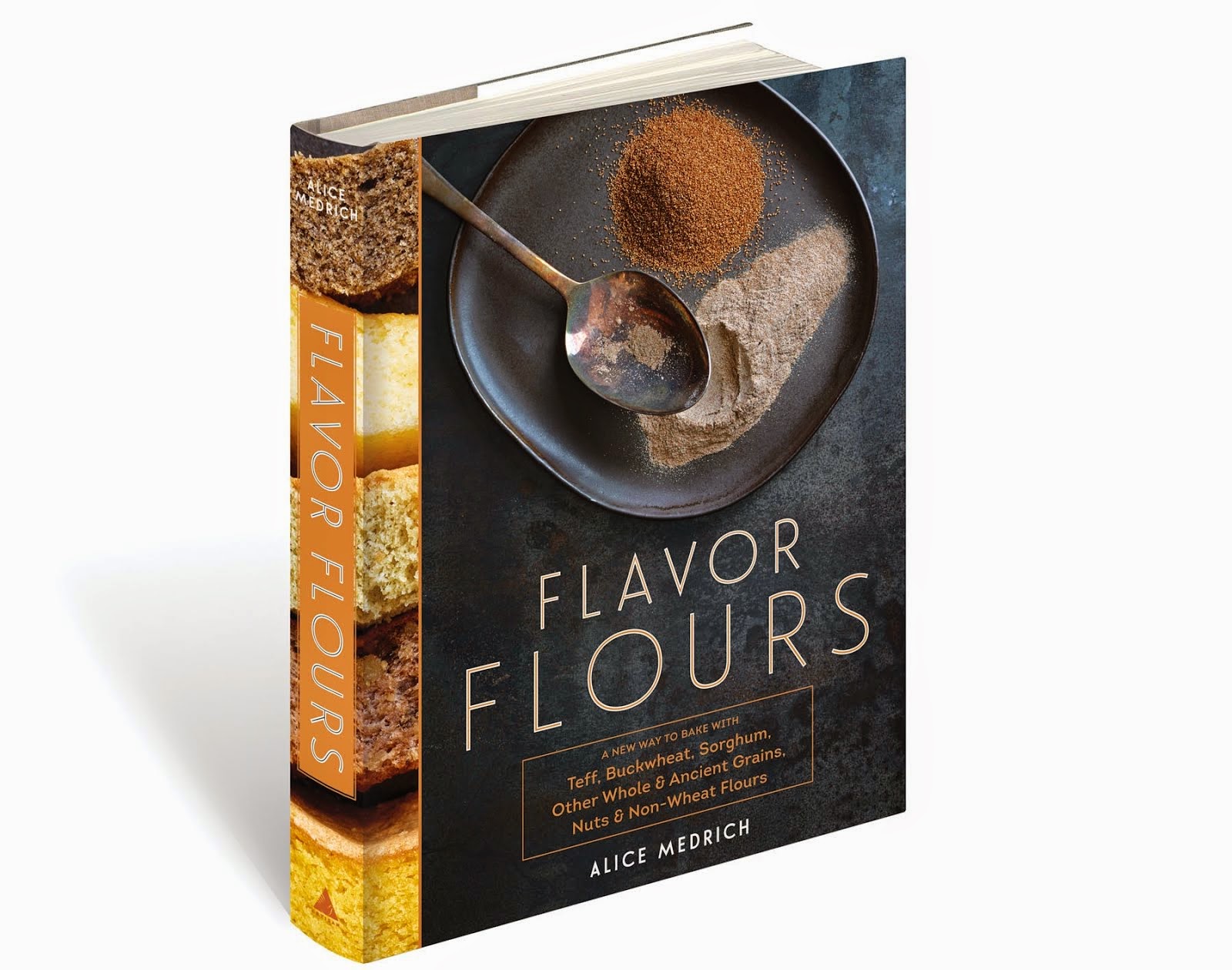My pal Rick Rodgers www.rickrodgers.com, author of Thanksgiving 101 and too
many other cookbooks to count, was in town just in time to escape
the devastation back home in New Jersey.
We went to Bar César for lunch yesterday and, since November is still rosé weather
in globally-warmer-than-ever Northern California, we each had a glass with our
charcuterie and cheese… and then shared a second. We walked around the neighborhood
afterwards, checking out the offerings at the Cheeseboard, the menu at Chez
Panisse, and the chocolate chip cookies made with lard at the 1-year-old Local Butcher Shop. (The cookies were interesting but we really did miss the flavor and carmelization that comes with butter). We parted around 3:00, after tasting Hungarian tortes and sipping espresso at Crixa Cakes. Such fun! But yikes!
To counter the buzz of alcohol, sugar, and caffeine (and
lard?), I decided to walk the 2 miles home.
I was in bed but still awake at 2 AM, 3 AM, and 4 AM... then
I gave up and played Words with Friends on my Iphone and exchanged silliness
with David Lebovitz www.davidlebovitz.com
on twitter for a while. I got up and cleaned out a drawer. Back in bed, I worried about the
election, wondered if the Buckwheat Walnut Crackers were baked at the right
temperature, and finally started counting good things to do with bananas—instead of sheep.
I got this far:
1. Grilled Sandwich:
filled with sliced bananas, peanut butter and honey.
2. Bananas and Cream: slice bananas into a bowl with heavy cream and garnish with a couple thin orange slices, and perhaps a drop of orange flour water.
3. Bananas and Yogurt: slice bananas into a bowl with plain yogurt, honey, and
pistachios, walnuts, or peanuts.
4. Creamy Banana Yogurt “Pudding”: mash banana with an equal
amount of plain yogurt. Sweeten and seasoned to taste with a bit of honey or brown
sugar and pinches of cinnamon or cardamom. Top with chopped walnuts or pistachios. Top with extra pinches of spice.
5. Exotic Chocolate-Dipped Popsicles: mash bananas and season to taste with cinnamon, nutmeg, and cardamom. Freeze in popsicle molds, unmold and dip in chocolate (see below), and shower with optional chopped walnuts or
sprinkles.
6. Chocolate Banana Blintzes: fold three slices of banana and a spoonful of thick ganache into each crepe, as for blintzes. Keep refrigerated until ready to sauté (very briefly) in
butter. Serve immediately. Full recipe in Chocolate Holidays (Artisan, 2001)
7. Ice Cream Sandwiches: free banana slices until hard. Process them in a food processor until thick
and creamy with a texture like soft serve ice cream. Return the mixture to the freezer to firm up. Scoop and press between thin crunchy oatmeal cookies. Serve immediately or store in a covered container in the freezer.
8. Chocolate
Dipped Bananas: impale bananas on sticks and freeze solid. Dip frozen bananas in warm chocolate dip (see recipe below), and
sprinkle with chopped peanuts, if desired.
9. Butterscotch Bananas Foster: Cut bananas in half crosswise and cut each piece in half
lengthwise. Make Butterscotch Sauce from Sinfully
Easy Delicious Desserts (Artisan, 2012), using
Bourbon or Scotch, or warm purchased sauce in a skillet. Heat the bananas in the sauce and serve
with vanilla ice cream.
10. Chocolate
Banana Waffles: Sauté banana slices in a little butter. Serve on chocolate waffles. Top with crème frâiche. Full recipe in Chocolate Holidays (Artisan, 2001)
11. Salted-Caramel Banana Bread Pudding: recipe in Sinfully Easy Delicious Desserts (Artisan, 2012)
I could have gone on, but blessedly fell asleep around 6 AM.
CHOCOLATE DIP FOR FROZEN BANANAS OR POPSICLES
Bananas are so long and curved that you would have to triple the recipe to fill a container large enough to submerge a whole banana! The solution is to make a banana shaped trough out of heavy-duty foil (as described in the recipe) so you can submerge the banana horizontally (in a custom shaped container) without needing too much extra chocolate. A little clarified butter added to the chocolate prevents a super thick coating and produces a pleasingly crisp coating that is not too hard to bite.
Ingredients:
10 ounces dark chocolate (I use Scharffen Berger 70% Bittersweet)
1/4 cup clarified butter (or ghee)
2 pinches of salt, more to taste
1 cup chopped nuts or chocolate sprinkles, optional
Put the chocolate, clarified butter, and salt in a stainless steel bowl set in a wider skillet with less than an inch of not quite simmering water. Stir frequently until the chocolate is
melted and the mixture is smooth. Taste and adjust the salt if necessary, just to brighten the
flavor of the chocolate, without making it salty. Remove the bowl and let
the chocolate cool to lukewarm. Line a tray with wax paper and set nuts or
sprinkles close at hand, if using.
For popsicles: pour the chocolate into a narrow container deep enough to dip the entire popsicle.
For bananas: Place a large piece of heavy-duty foil loosely
over a bread pan that is longer than a banana. Using the pan for support, mold the foil into a narrow
trough— slightly wider and longer than a banana and deep enough to submerge the
whole fruit, held by the stick, and lowered with the curved side down. Fill the trough with chocolate; refill the trough as necessary with the remaining chocolate.
Dip each popsicles or frozen banana into the
chocolate and sprinkle immediately with nuts or sprinkles, if using. Set dipped items on the lined
tray. Put the tray in the freezer
until the chocolate is completely hardened. Transfer treats to a container or
zipper lock bag and keep frozen until serving. Excess dip can be kept in the fridge or freezer and used again.















